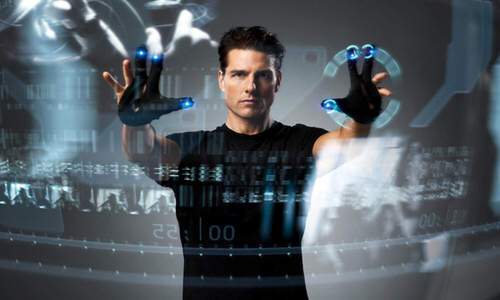Market analyst team Juniper Research recently released a new study that boldly predicts the future of human interaction with technology. The study found that "in the next few years, gesture and motion control will become human-computer interaction. The most important of some forms."

Research has found that by the end of 2016, there will be approximately 168 million devices using motion tracking or gesture tracking, including wearable devices and virtual reality (VR) devices.
Studies have shown that in terms of current device adoption rates and device growth rates, there will be approximately 492 million motion and gesture tracking devices back in 2020. This shows that it has a 280% growth rate, of course, this is an extraordinary adoption rate for such an extreme change in the way users interact with the computer.
Of course, this wide adoption rate of equipment is certainly not automatic and unconscious. Research indicates that more traditional devices like smartphones and personal computers (PCs) will be a pain point for using the device, because only 5% of these devices may have some form of gesture or action built in. Induction interface.
For products like virtual reality (VR) helmets, tracking of movements and gestures is an essential part of the interaction. It tracks your hand, head and body movements, and combines with the system to give you an immersive experience.
Wearable devices such as smart watches and glasses are also an important focus of the technology. Tiny screens and smaller touch-sensing interfaces limit the usability of wearable devices, however, these devices will become more useful and more versatile by increasing the level of motion tracking and increasing gesture control.

The authors of the research paper point out that "currently, virtual reality (VR) and wearable devices have shown that gestures and touch can provide us with new ways to interact with technology."
In order to make this type of interface more widely adopted, the company's propaganda approach is that the company is willing to take risks and reflect on how humans should interact with the computer. Currently, companies like Leap MoTIon are working on solving such problems by using small external devices to provide a form of gesture tracking—enabling users to execute commands through their own movements rather than as ever. Execute commands through the keyboard and mouse.
Gesture tracking method for laying on Kinect equipment
A few years ago, Microsoft's Kinect device and its Xbox 360 control platform paved the way for a new way of interacting with computers. The company began to produce gesture tracking devices for personal computers (PCs), and developers began to develop ways to use Kinect devices on the Windows platform.
But the problem in the process is that while creating a new way to execute commands on a personal computer (PC), it does not actually change the user interface. According to Juniper, "At present, the device simply expands the existing features, and unless the user interface (UI) paradigm is translated, it does not prevent the application of such devices as a whole."
For now, the keyboard and mouse will continue to be the main way we interact with the computer (PC), and the touch screen will be the main way we interact with the phone. The difference between what we currently hold and future reports depends largely on whether the company can boldly target gesture tracking and motion tracking as an integral part of the user experience, not just an additional component.
Fast Wireless Charger,Iphone Wireless Charger,Portable Wireless Charger,Best Wireless Phone Charger
wzc , https://www.dg-wzc.com